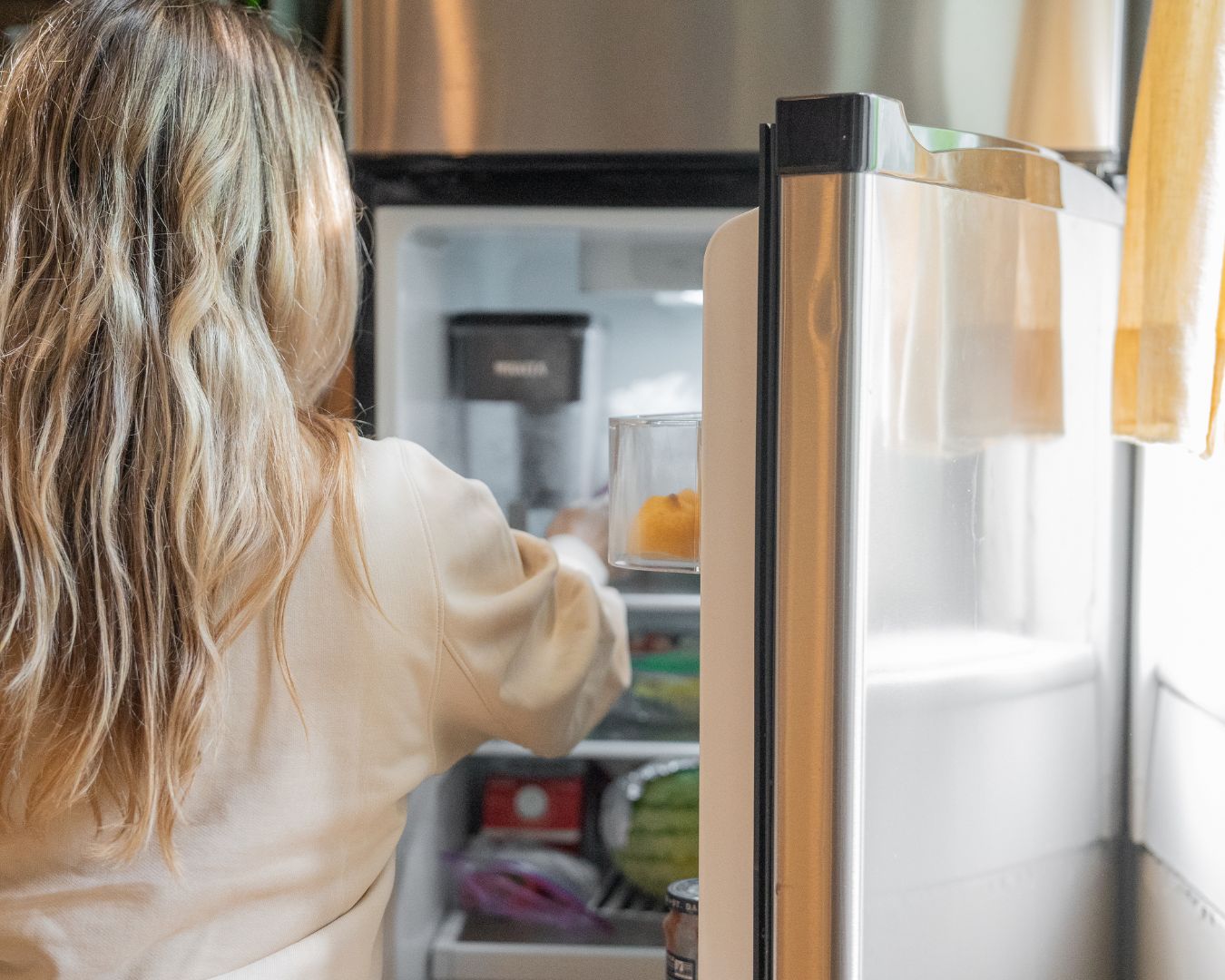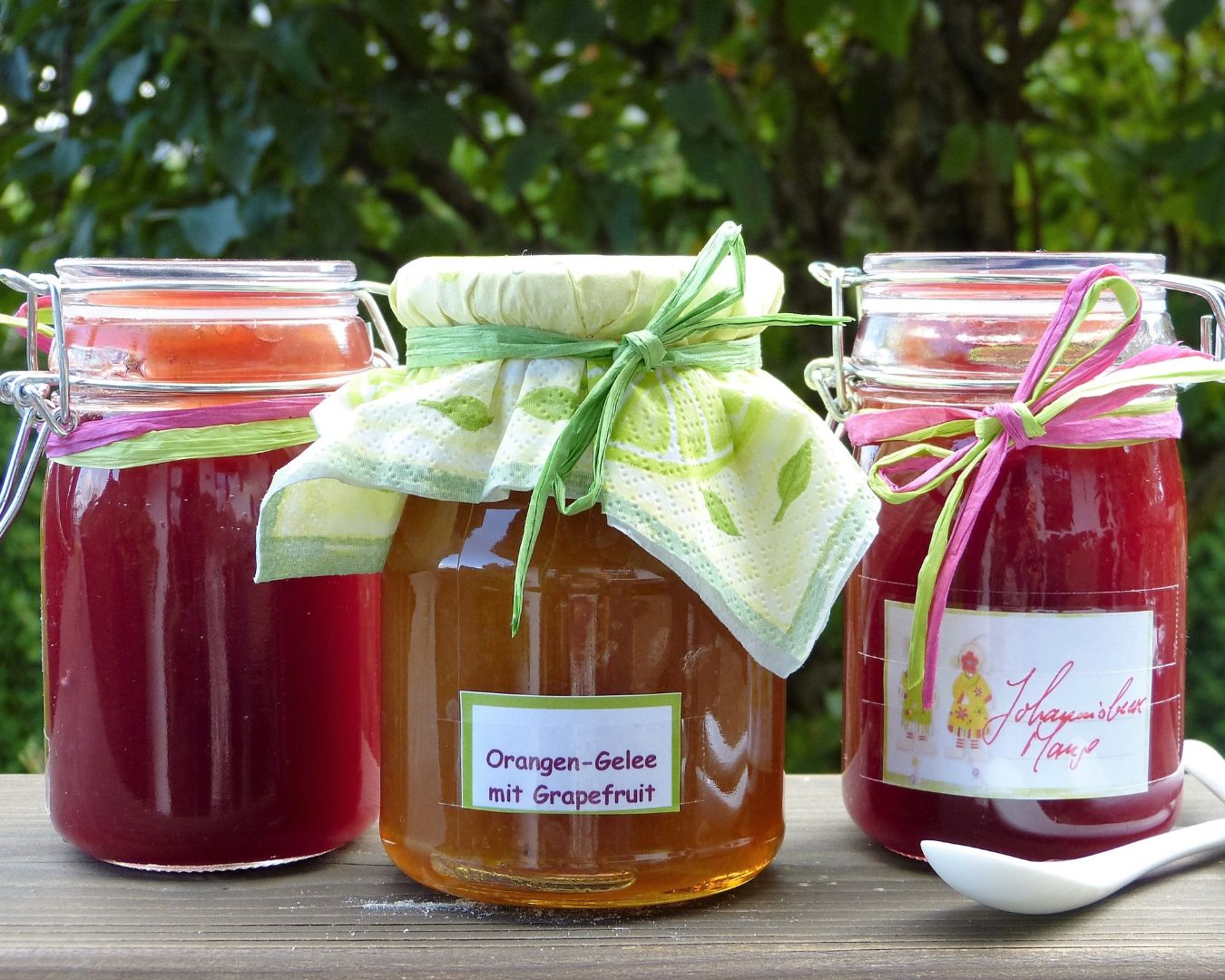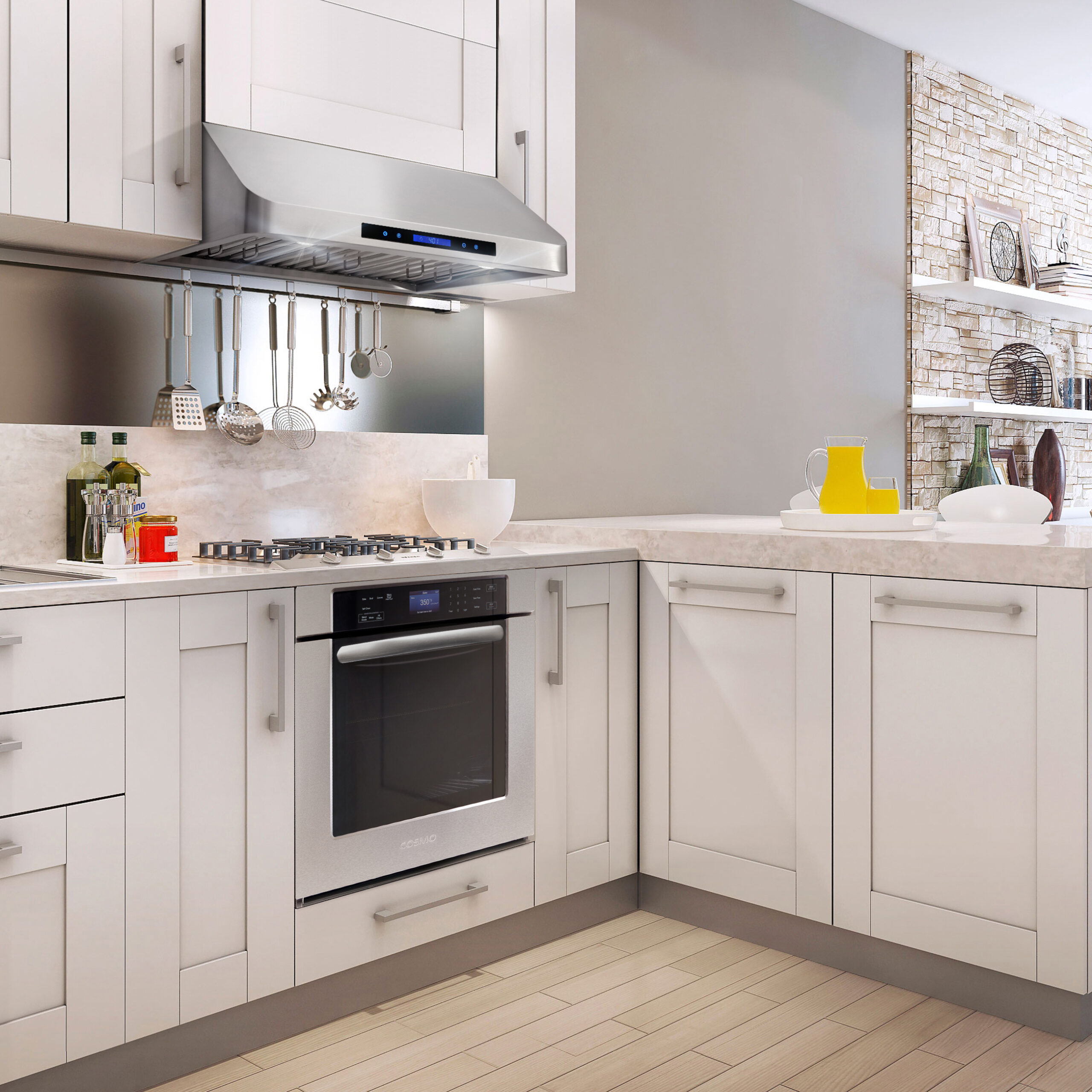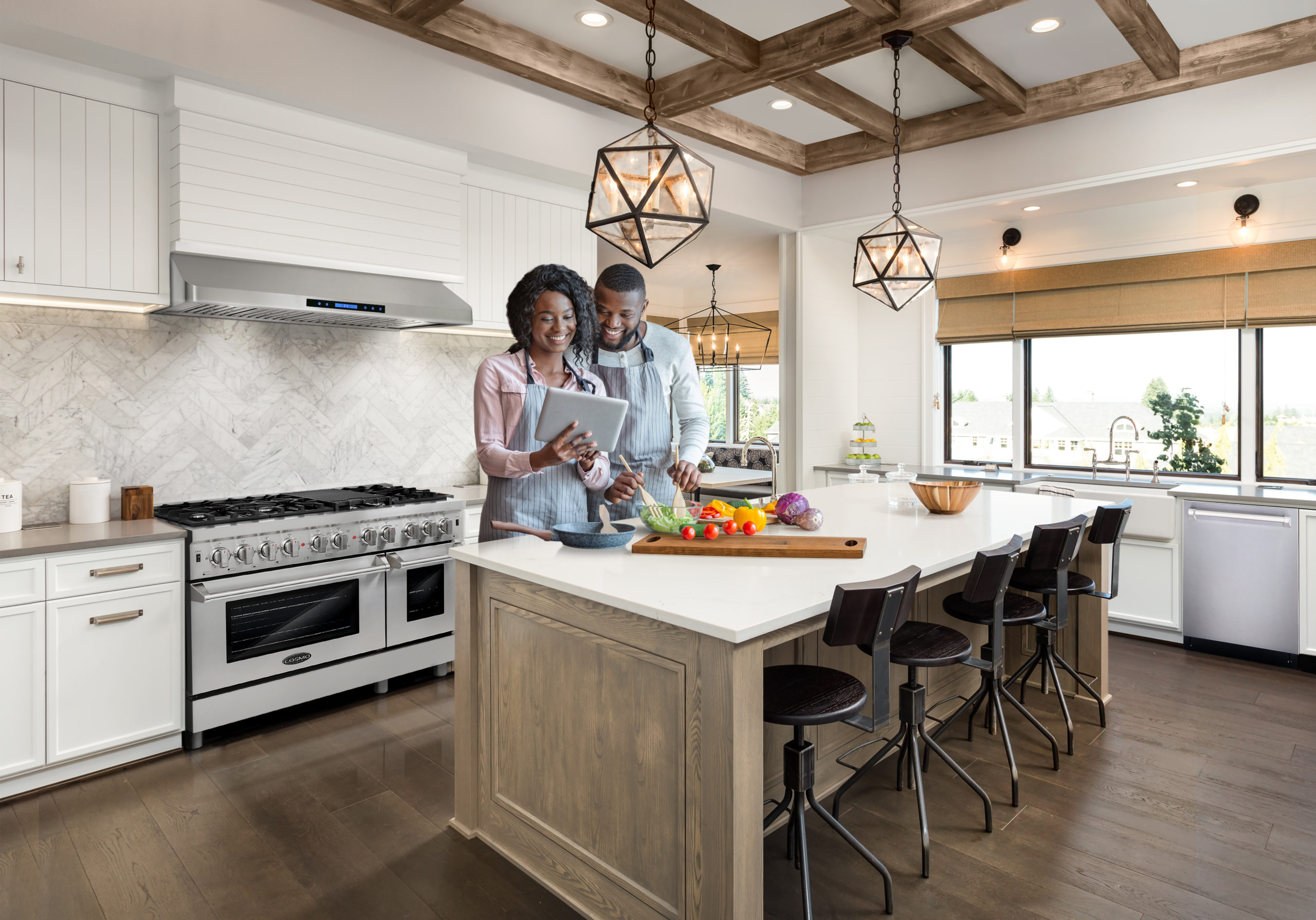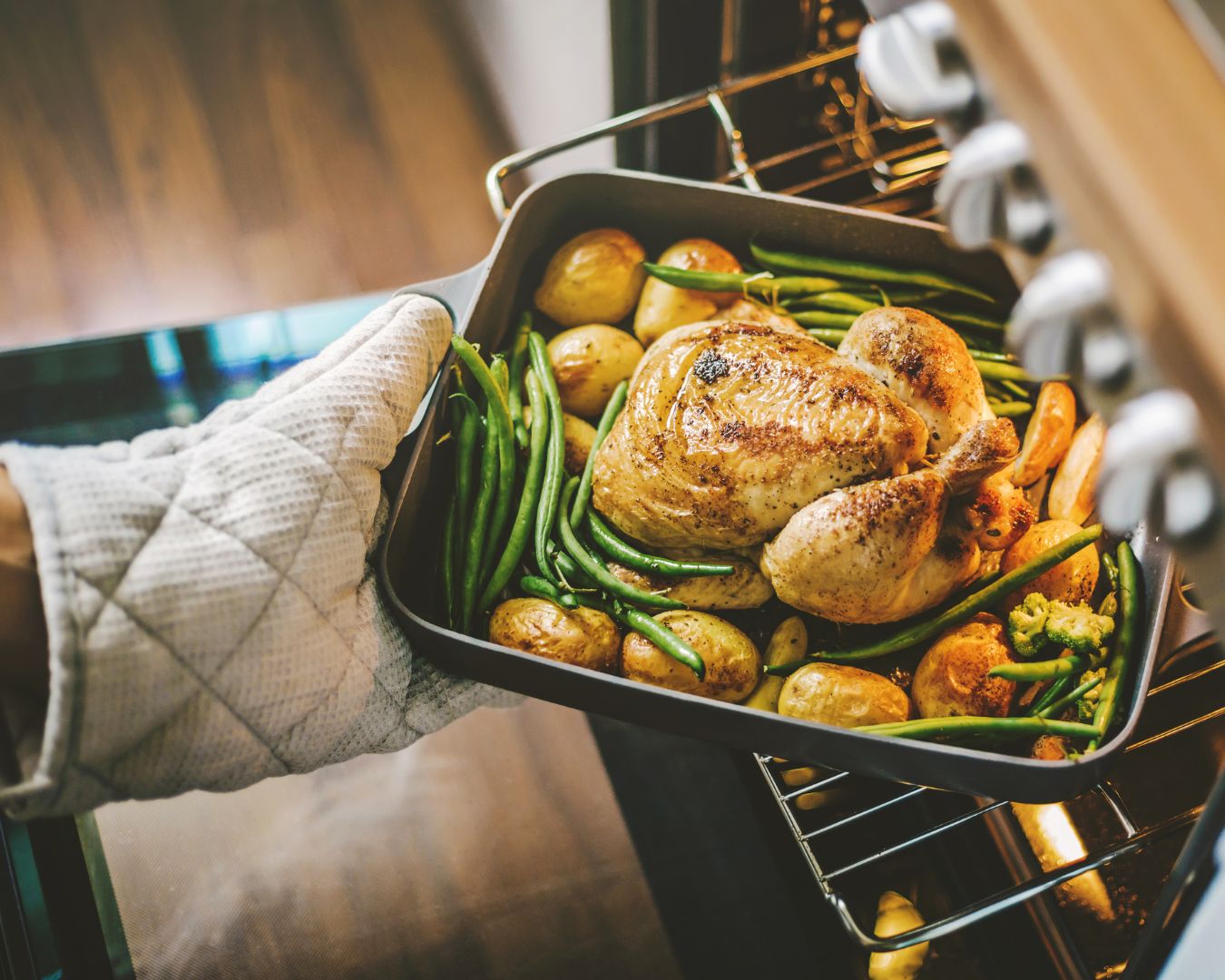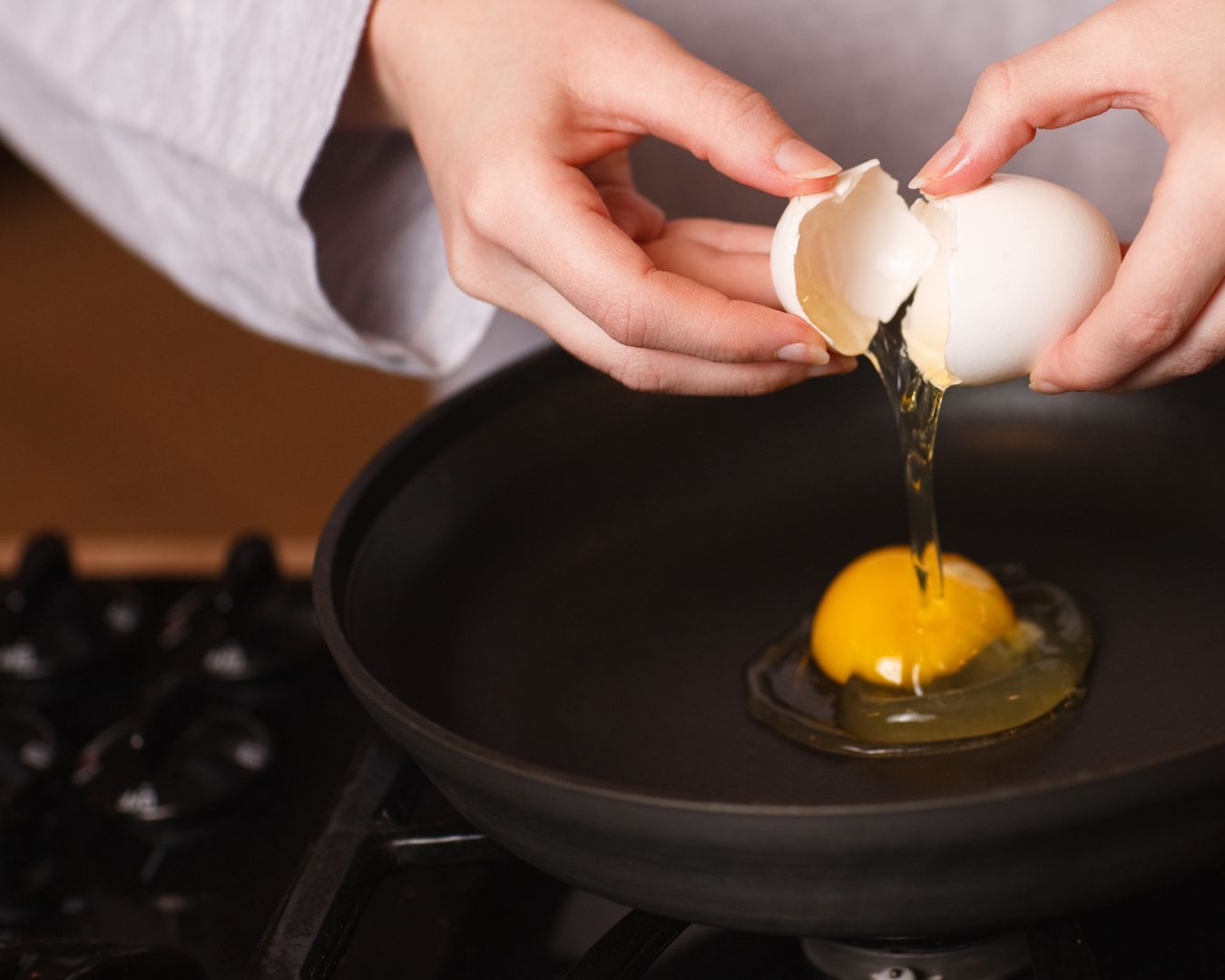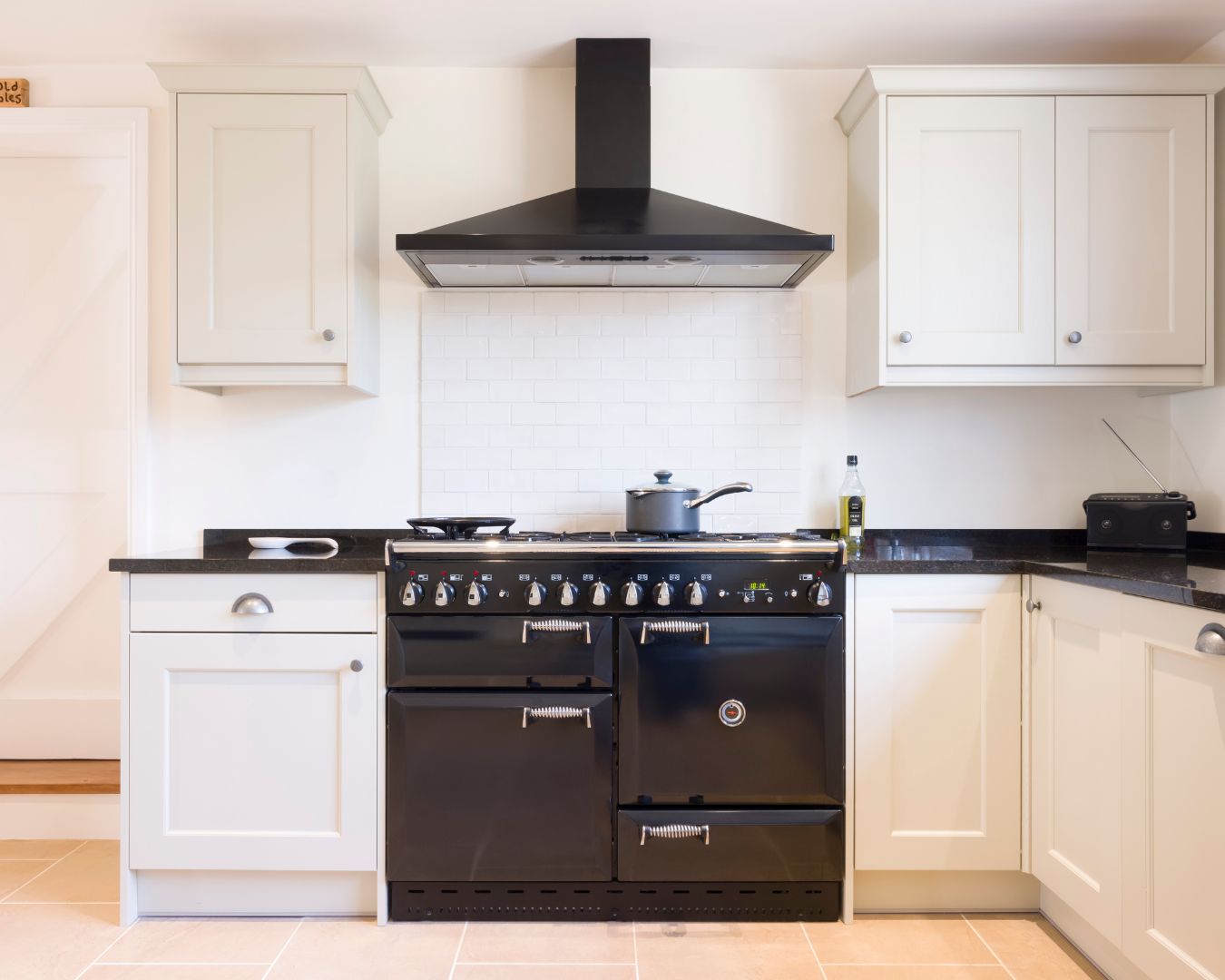The Role of Temperature Control in Refrigerators: Keeping Your Food Fresh
When it comes to preserving the freshness of your food, one of the most crucial factors is the temperature control in your refrigerator. Proper temperature regulation ensures that your groceries stay fresh for longer, reduces the risk of foodborne illnesses, and helps you save money by minimizing food waste. In this post, we’ll explore the importance of temperature control in refrigerators and how you can optimize it to keep your food fresh. Why Temperature Control Matters Refrigerators are designed to slow down the growth of bacteria and other microorganisms that can spoil food. However, this process is only effective if the temperature inside the refrigerator is maintained at an optimal level. If the temperature is too high, bacteria can multiply quickly, leading to spoiled food and potential health risks. On the other hand, if the temperature is too low, it can cause certain foods, like vegetables and fruits, to freeze and lose their texture and flavor. Optimal Temperature Ranges: How to Maintain the Right Temperature Maintaining the correct temperature in your refrigerator involves more than just setting the dial. Here are some tips to ensure your fridge stays at the optimal temperature: The Impact of Temperature Fluctuations Temperature fluctuations can have a significant impact on the quality and safety of your food. For instance, if the temperature in your refrigerator rises above 40°F (4.4°C) for an extended period, bacteria such as Salmonella and E. coli can grow rapidly, increasing the risk of food poisoning. Conversely, if the temperature drops too low, it can lead to freezer burn in frozen foods and frost buildup, which can affect the taste and texture of your food. The Role of Advanced Refrigerators Modern refrigerators come with advanced temperature control features that help maintain consistent cooling. Some models have multiple temperature zones, allowing you to set different temperatures for various compartments. Others are equipped with smart sensors that adjust the temperature based on the contents of the fridge and the ambient temperature. Proper temperature control in your refrigerator is key to keeping your food fresh, safe, and delicious. By maintaining the right temperature and following best practices for fridge organization, you can extend the shelf life of your groceries, reduce waste, and ensure that your family enjoys safe and nutritious meals. Regularly check your refrigerator’s temperature and make adjustments as needed to optimize its performance. Your food – and your wallet – will thank you!

